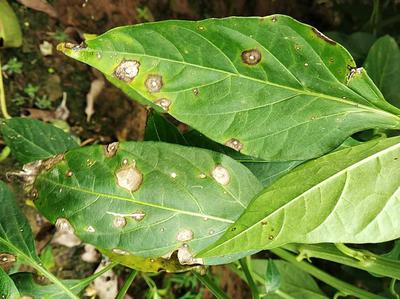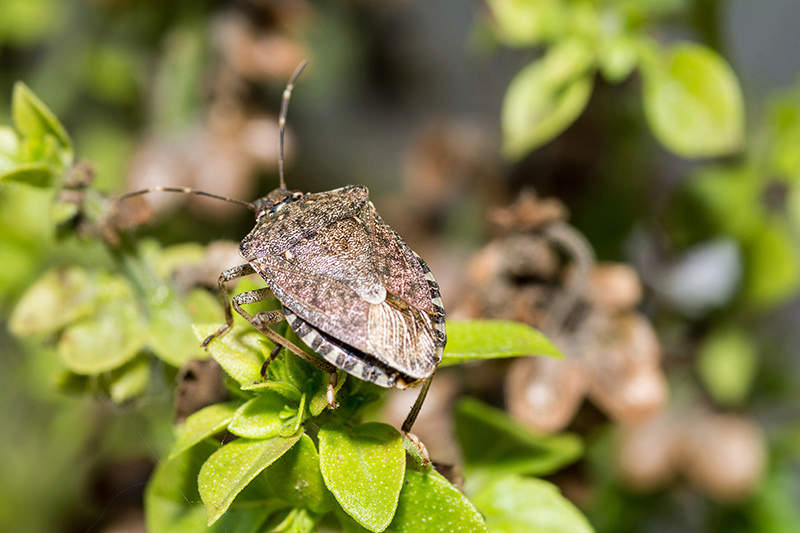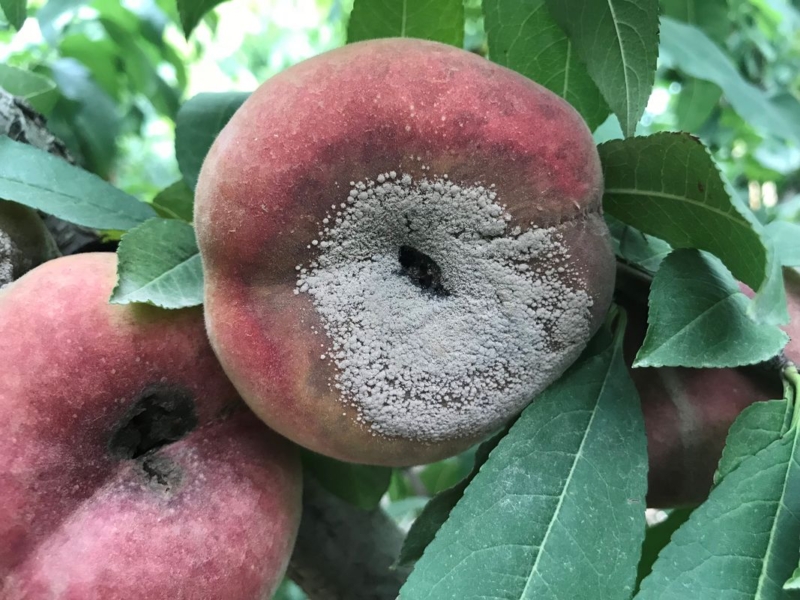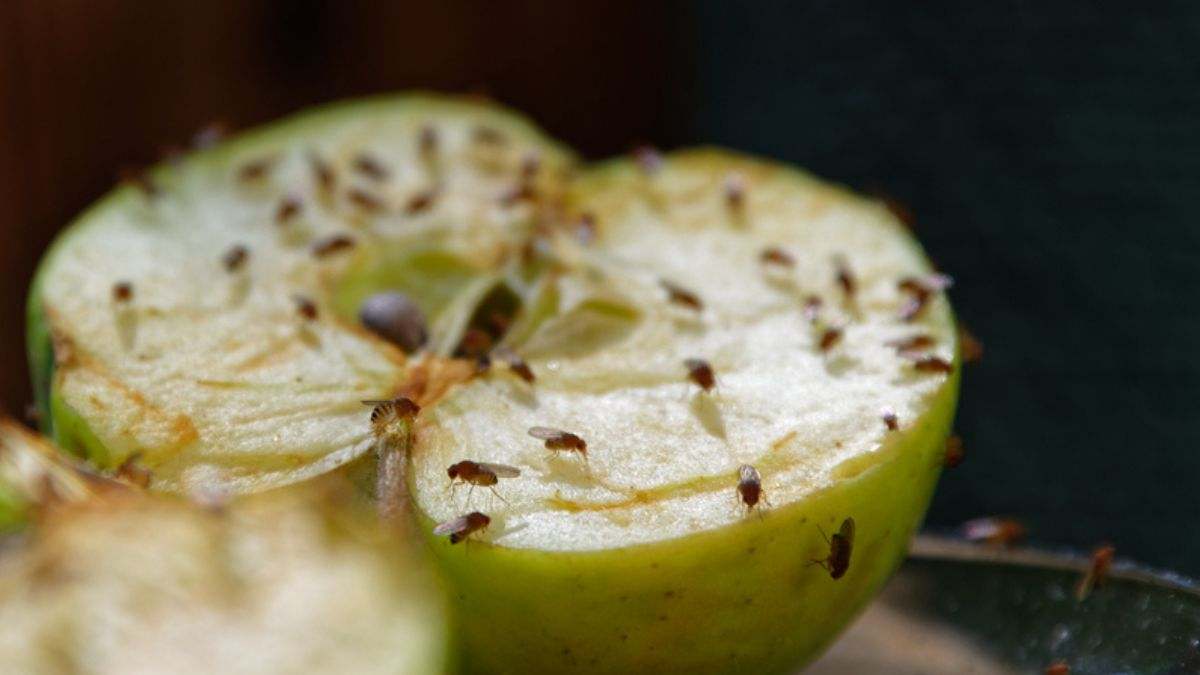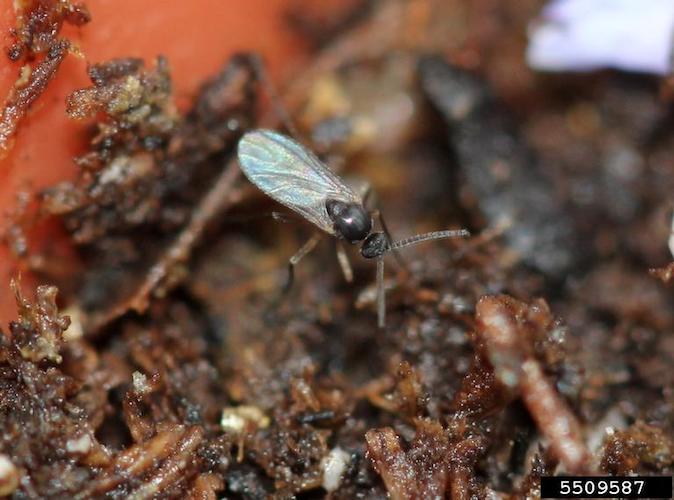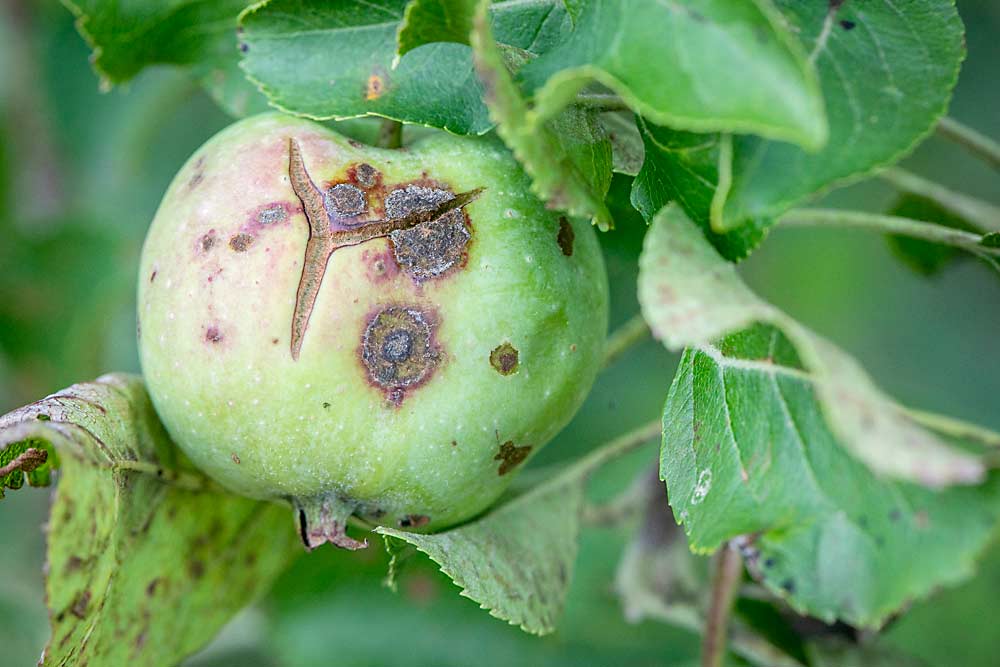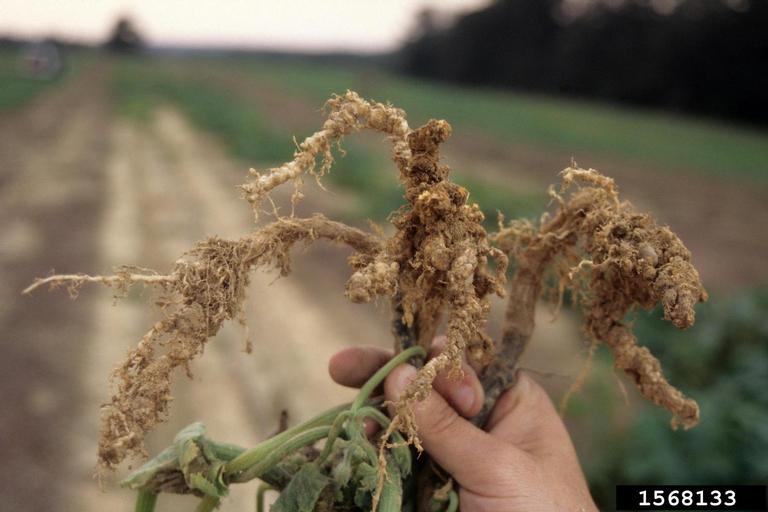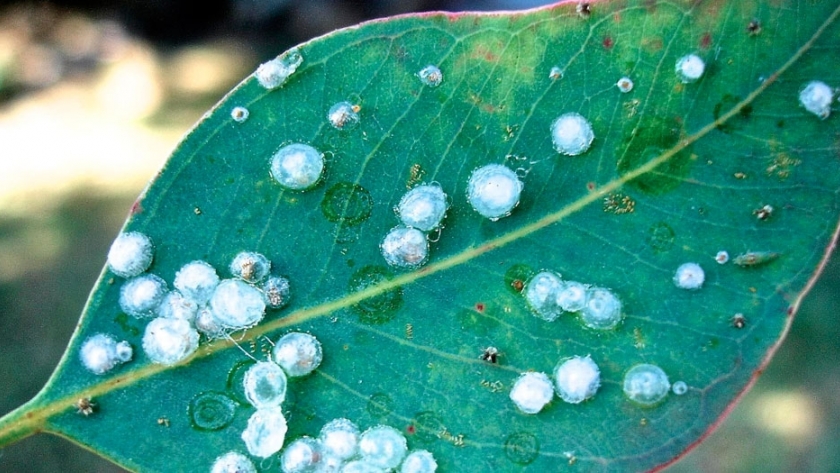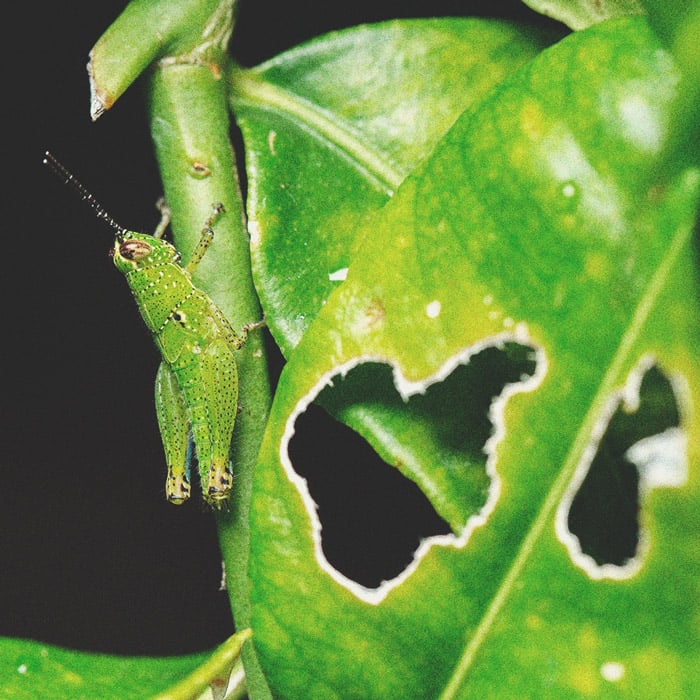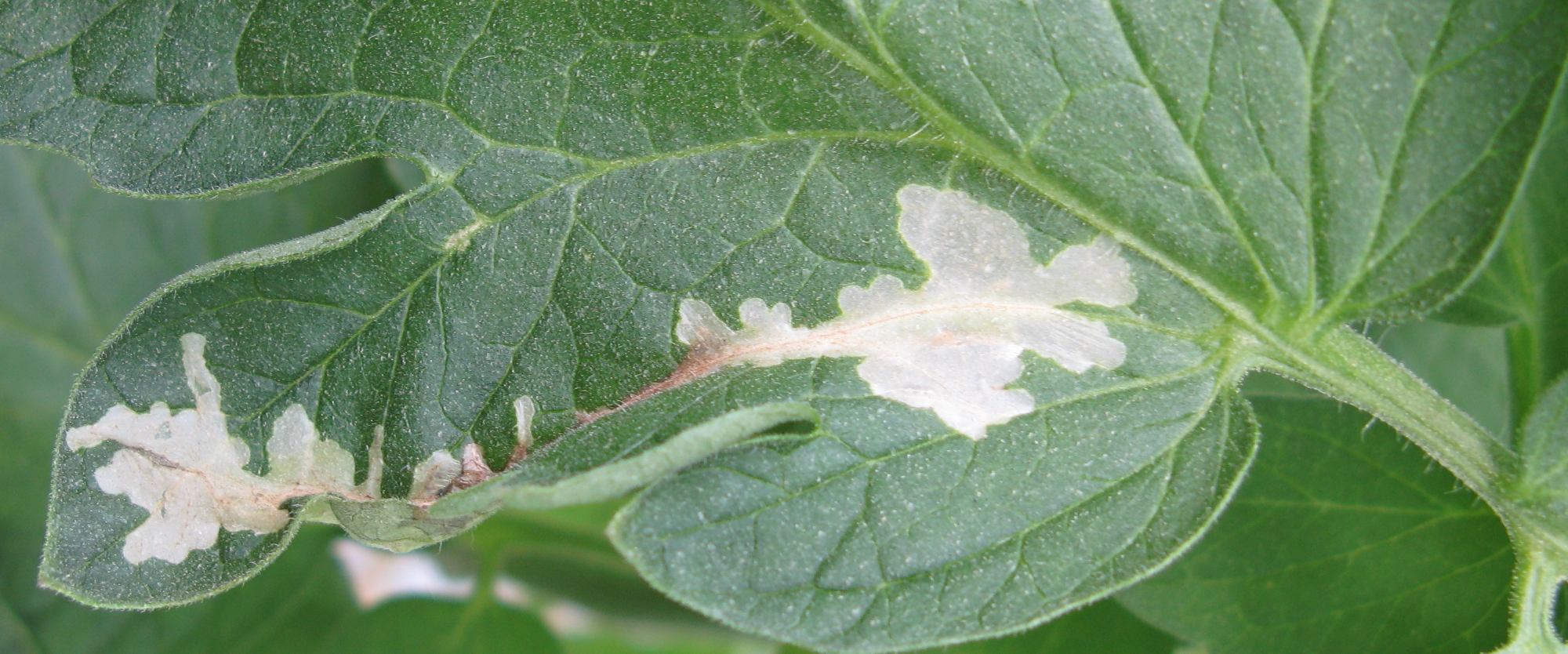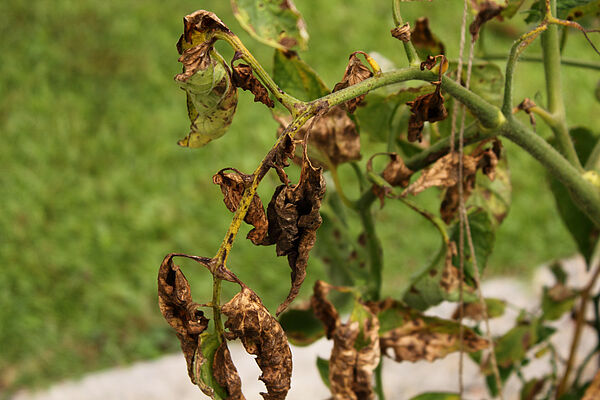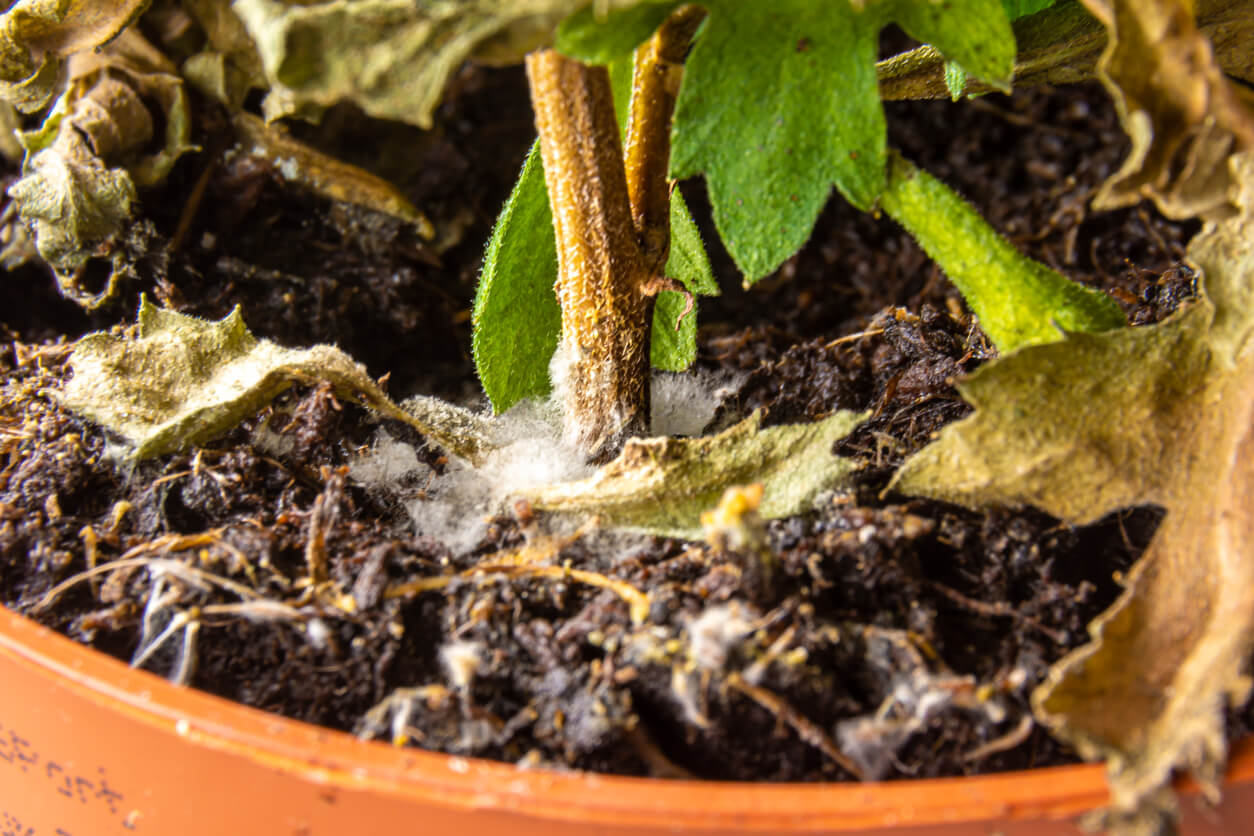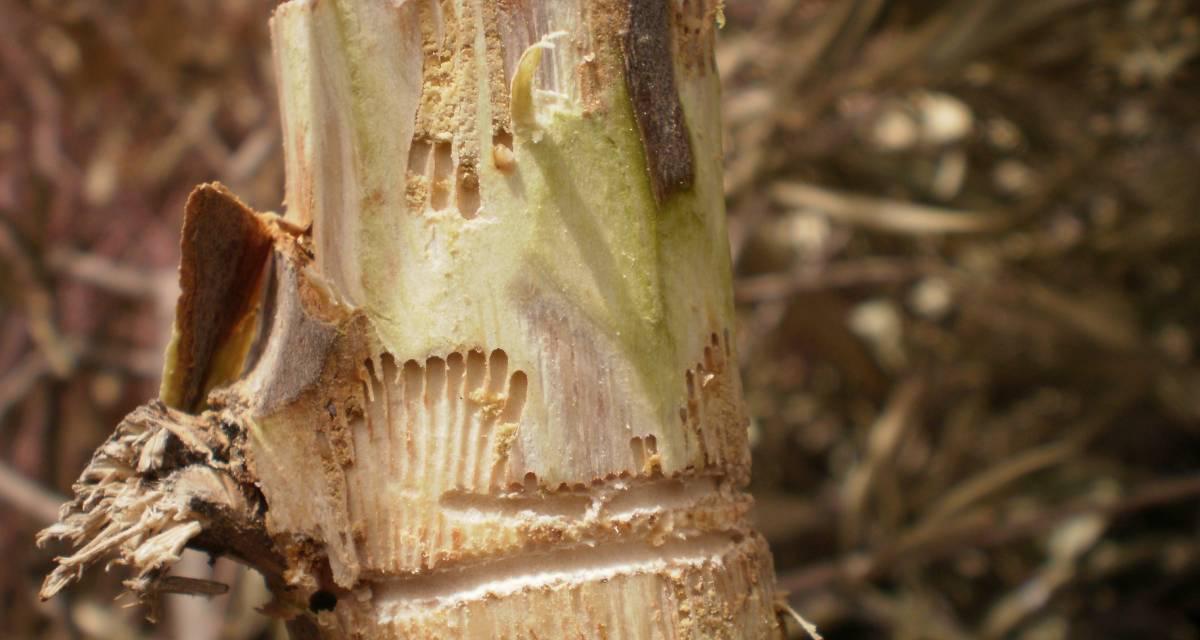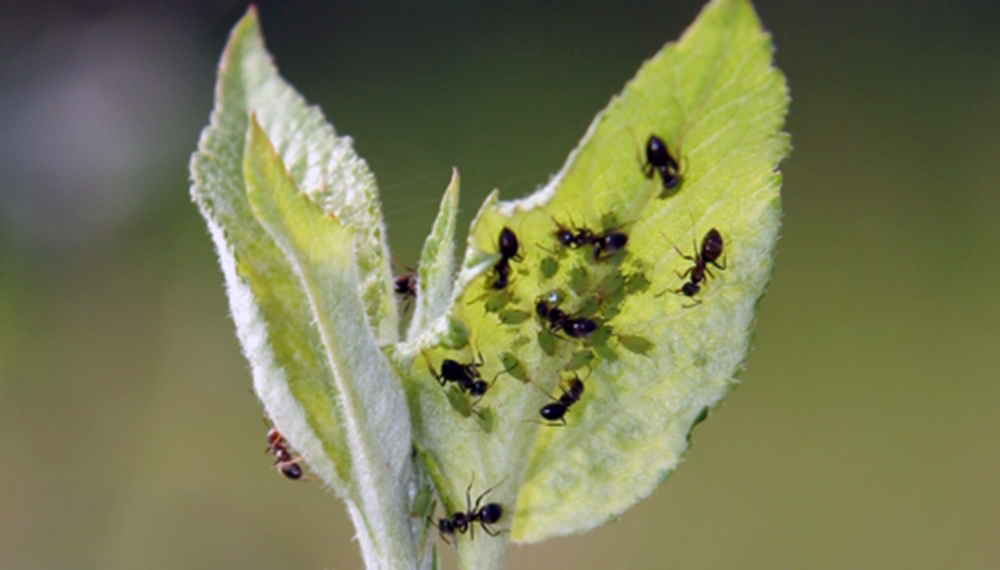
Powdery Mildew
WHAT IT IS AND HOW TO ELIMINATE
Vid
Powdery Mildew
Uncinula Necator / Erysiphe Necator
Pathogen:
Fungus
Type:
Risk to the plant:
HIGH
Oídio

WHO CAUSES IT?
Uncinula necator, also known as Erysiphe necator, is a pathogenic fungus that mainly affects grapevines. This fungus survives during the winter in the form of cleistothecia, resistant structures found in plant residues and in the cracks of the vine bark. With the onset of spring, these structures release spores that are carried by the wind to the young parts of the plant. Once the spores land on the leaves, shoots or clusters, they germinate if conditions are favorable and form a structure called mycelium that grows on the surface of the plant tissue, feeding on the plant cells. This mycelium, with a powdery and whitish appearance, produces new spores that are released to continue infecting more parts of the vine. Disease development is accelerated by warm, humid climates, allowing several cycles of infection during the growing season.
SYMPTOMS
Powdery mildew caused by Uncinula necator is a disease that seriously affects vine production. It manifests itself mainly in the leaves, stems and bunches of grapes, and can significantly reduce the quality and quantity of the harvest if not properly controlled. The first signs of infection usually appear as chlorotic Taches on the leaves that later develop a white powdery coating. As the disease progresses, affected parts may become deformed, wither, or dry.
- Appearance of a white, powdery layer on the leaves, stems and bunches.
- Chlorotic Taches on the leaves that progress to necrosis.
- Deformation of leaves and young shoots.
- Delay in the growth of shoots and clusters.
- Cracking and malformation of the grapes, which affects their quality.
- Premature fall of affected leaves in severe infections.
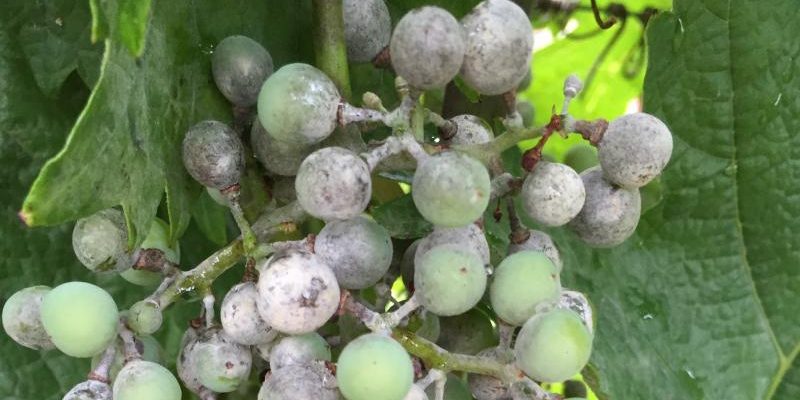


DEVELOPMENT CONDITIONS
Temperature:
20°C - 25°C
Humidity:
70% - 80%
HOW IS IT SPREAD?
Spores carried by the wind, direct contact between infected and healthy leaves, cleistothecia in plant remains, contaminated instruments
HOW TO ELIMINATE IT?
Home treatments
Natural allies
Chemical treatments
There are no treatments for this disease. Treatments are directed at the insect vectors that transmit it. See insect treatments.
RECOMMENDED PRODUCTS TO ELIMINATE THE PEST
REPELLENT PLANTS
-
RECOMMENDATIONS
- Avoid wetting the leaves when watering, especially at night.
- Ensures good ventilation between plants.
- Remove infected leaves as soon as you see them.
- Use resistant varieties when possible.
- Apply natural fungicides such as sulfur, baking soda or horsetail extract.
- Check your plants frequently, especially in hot and dry climates.




